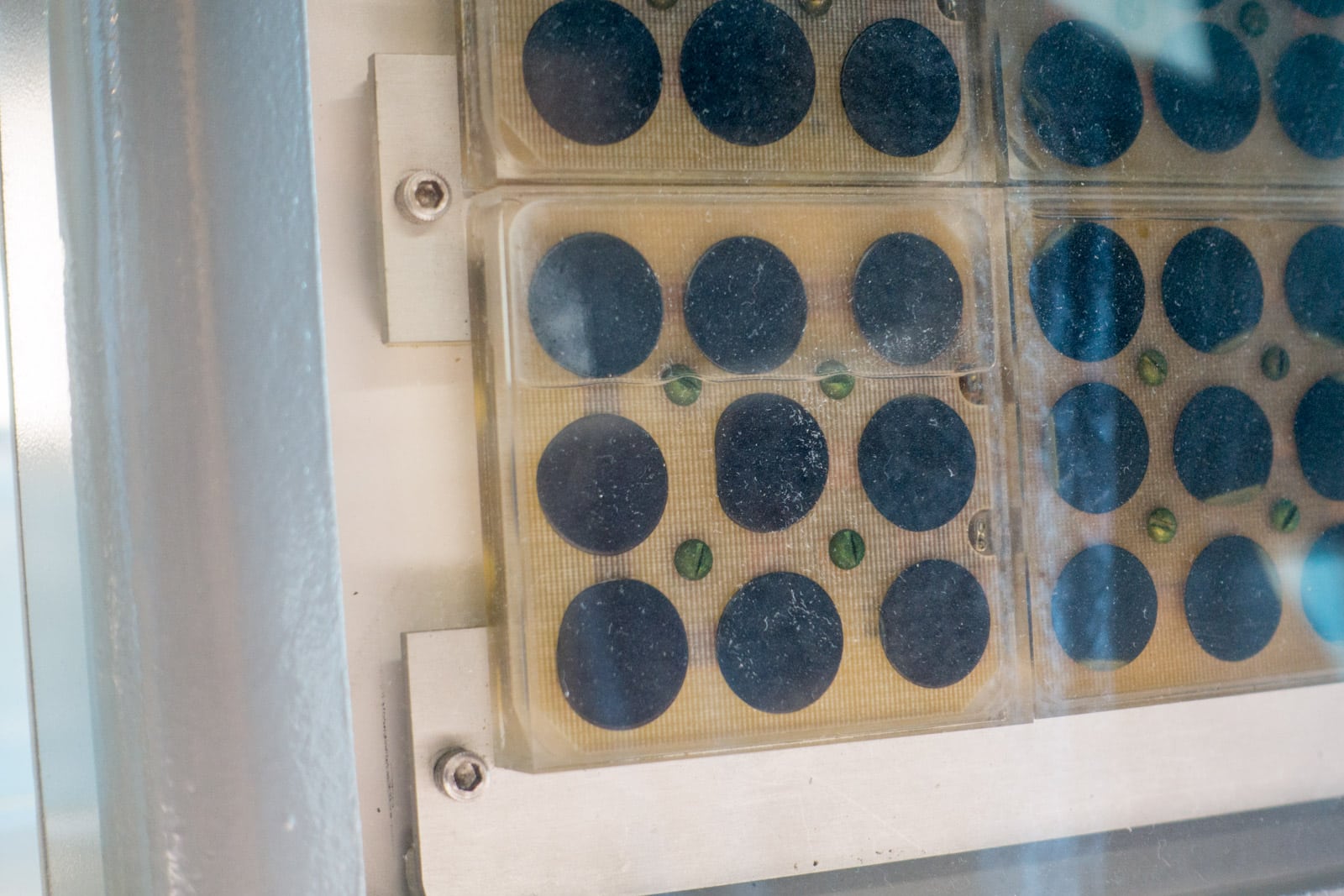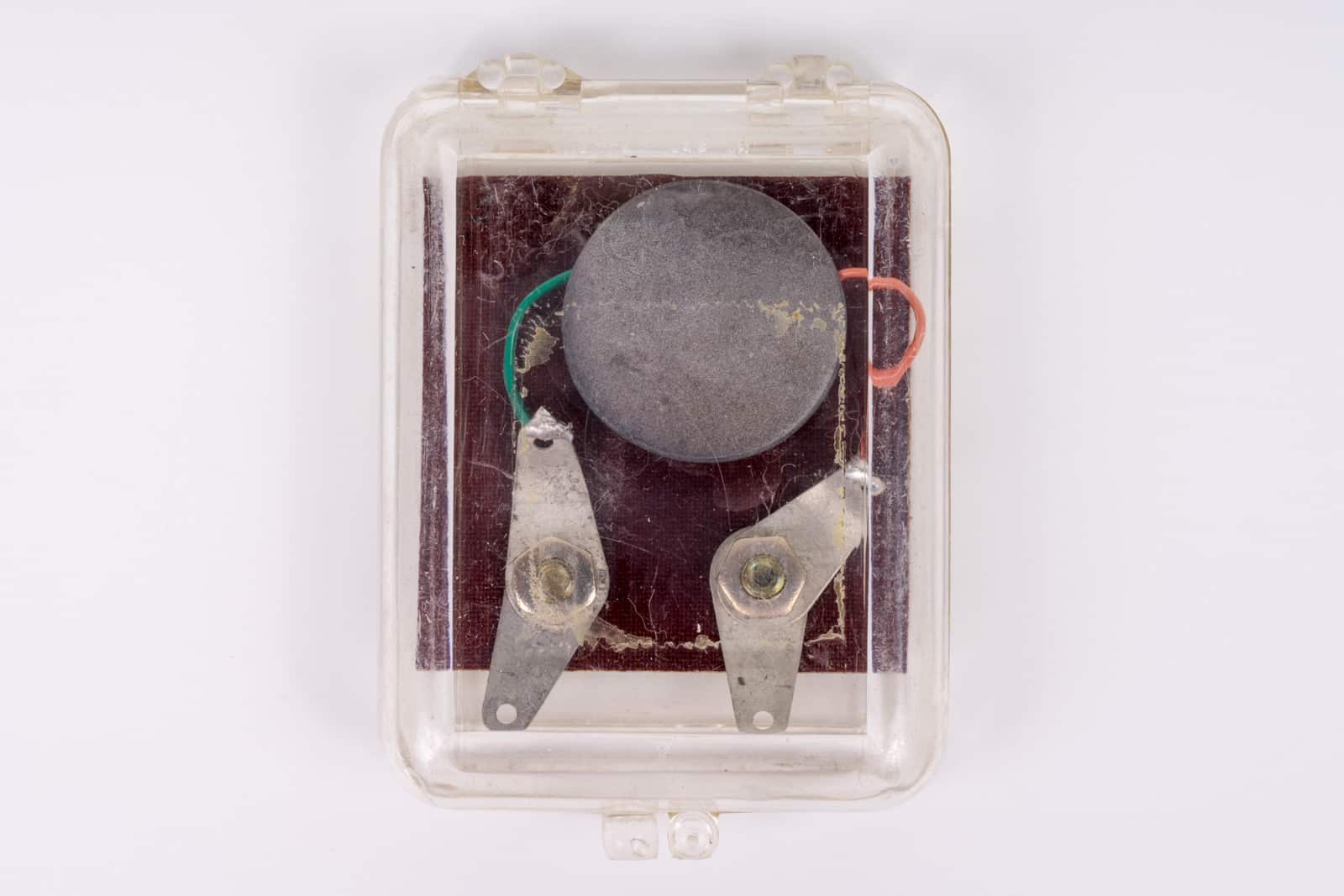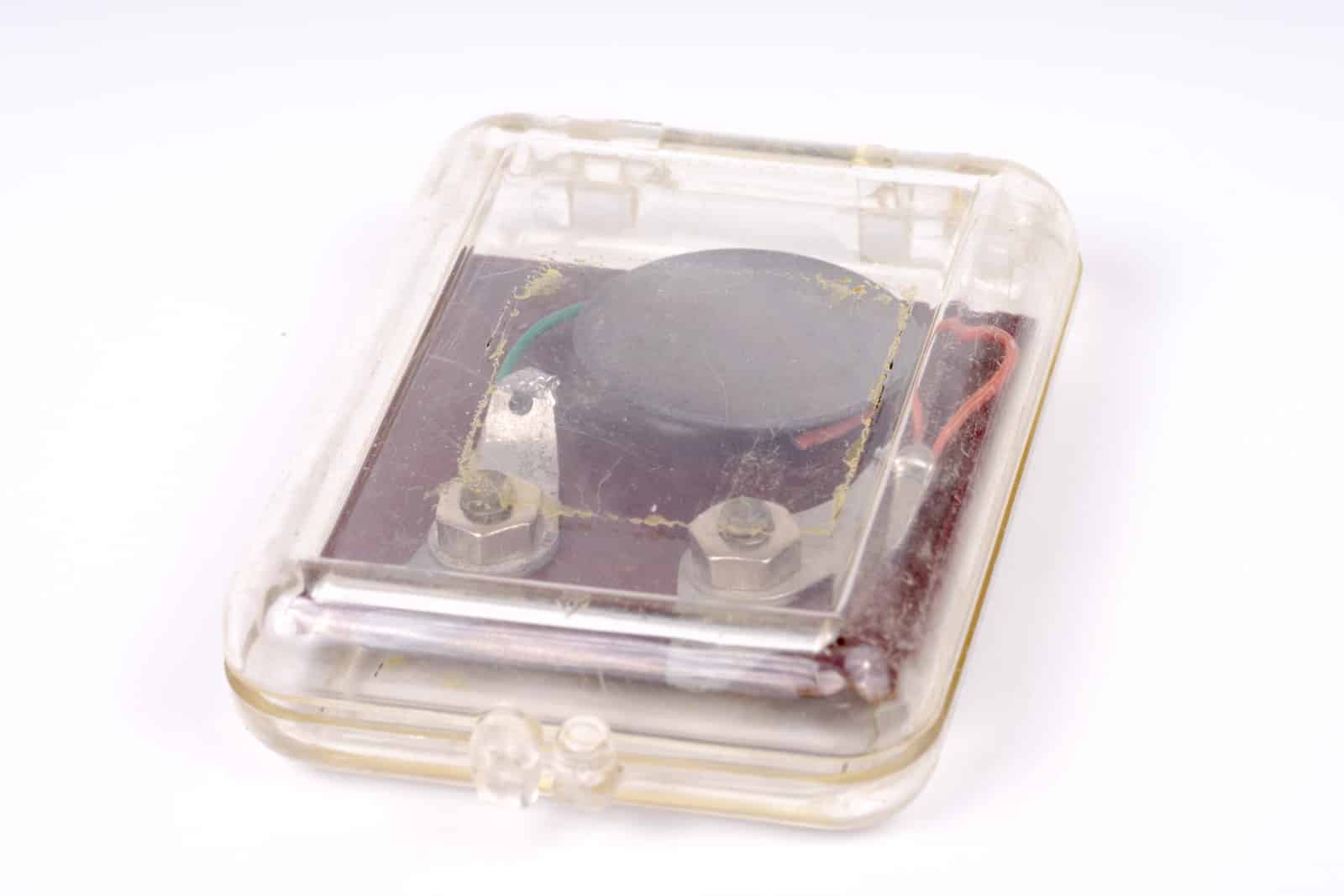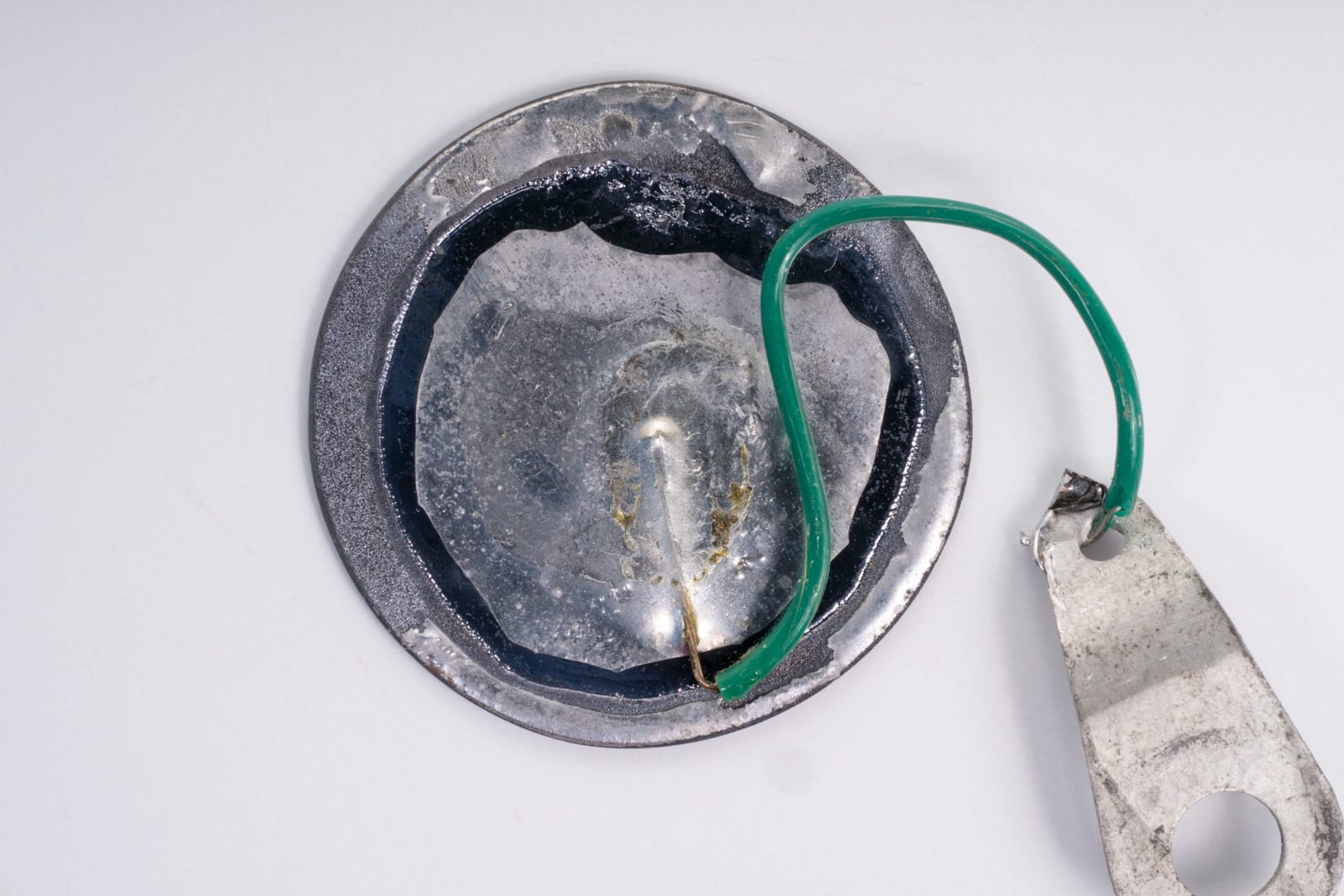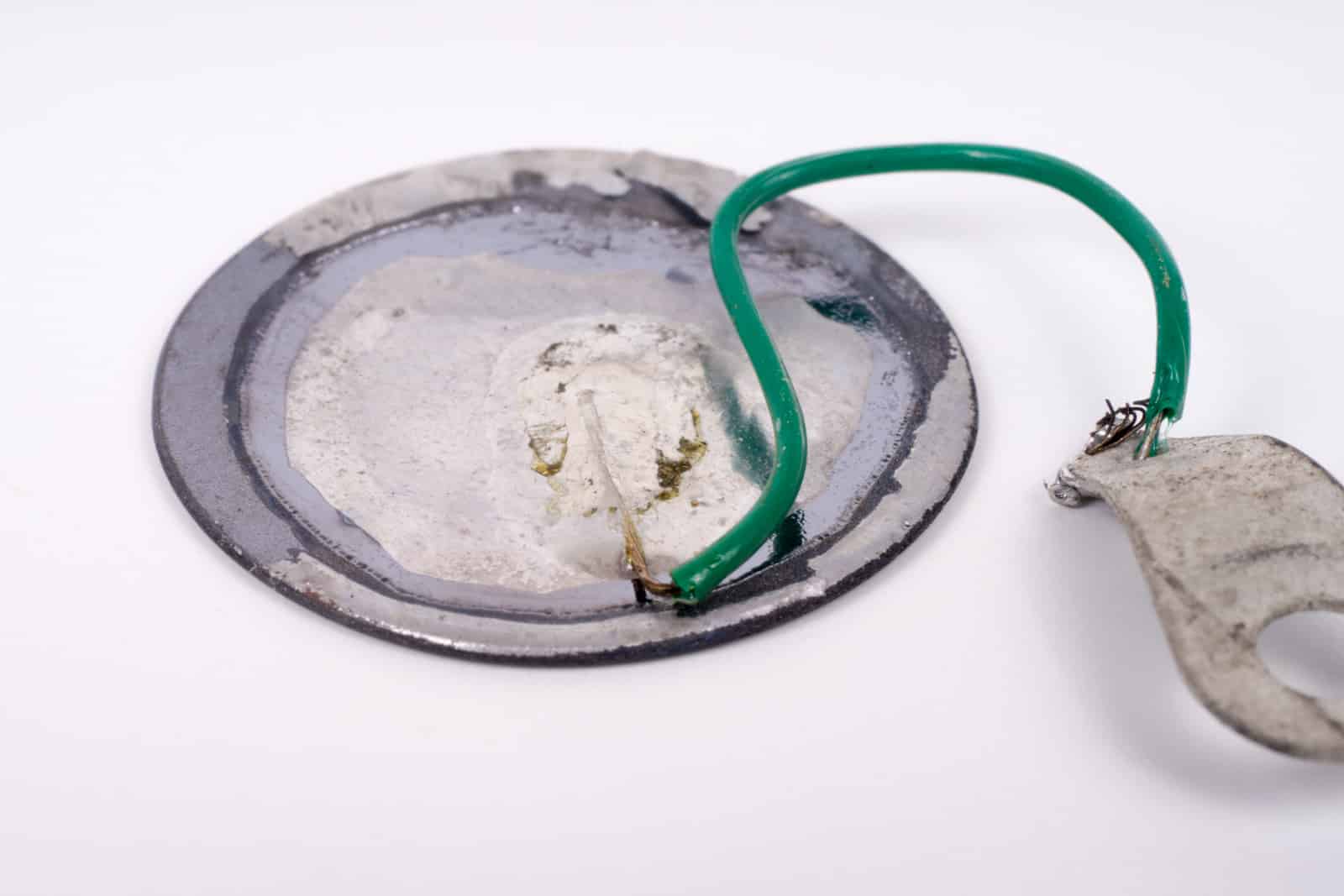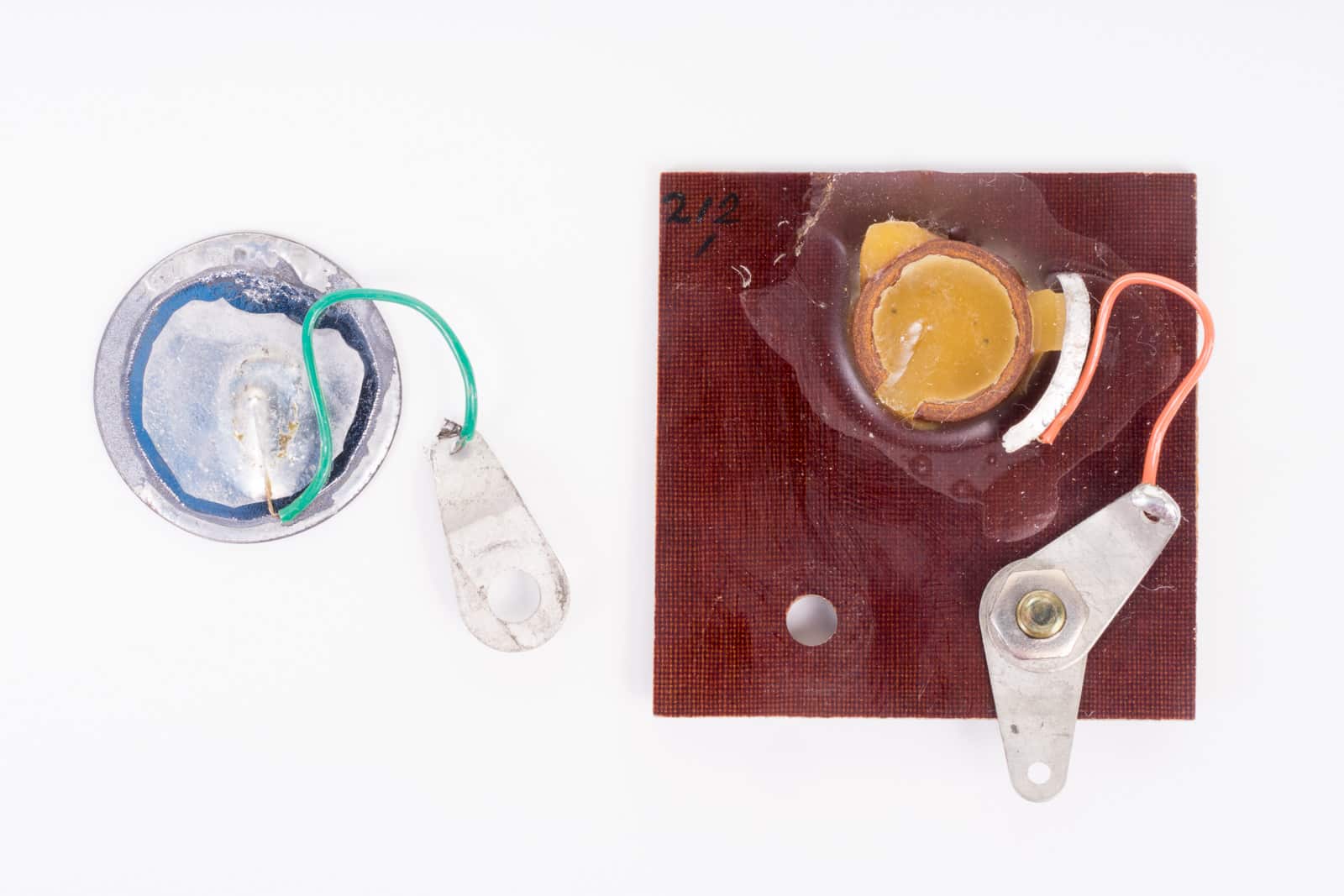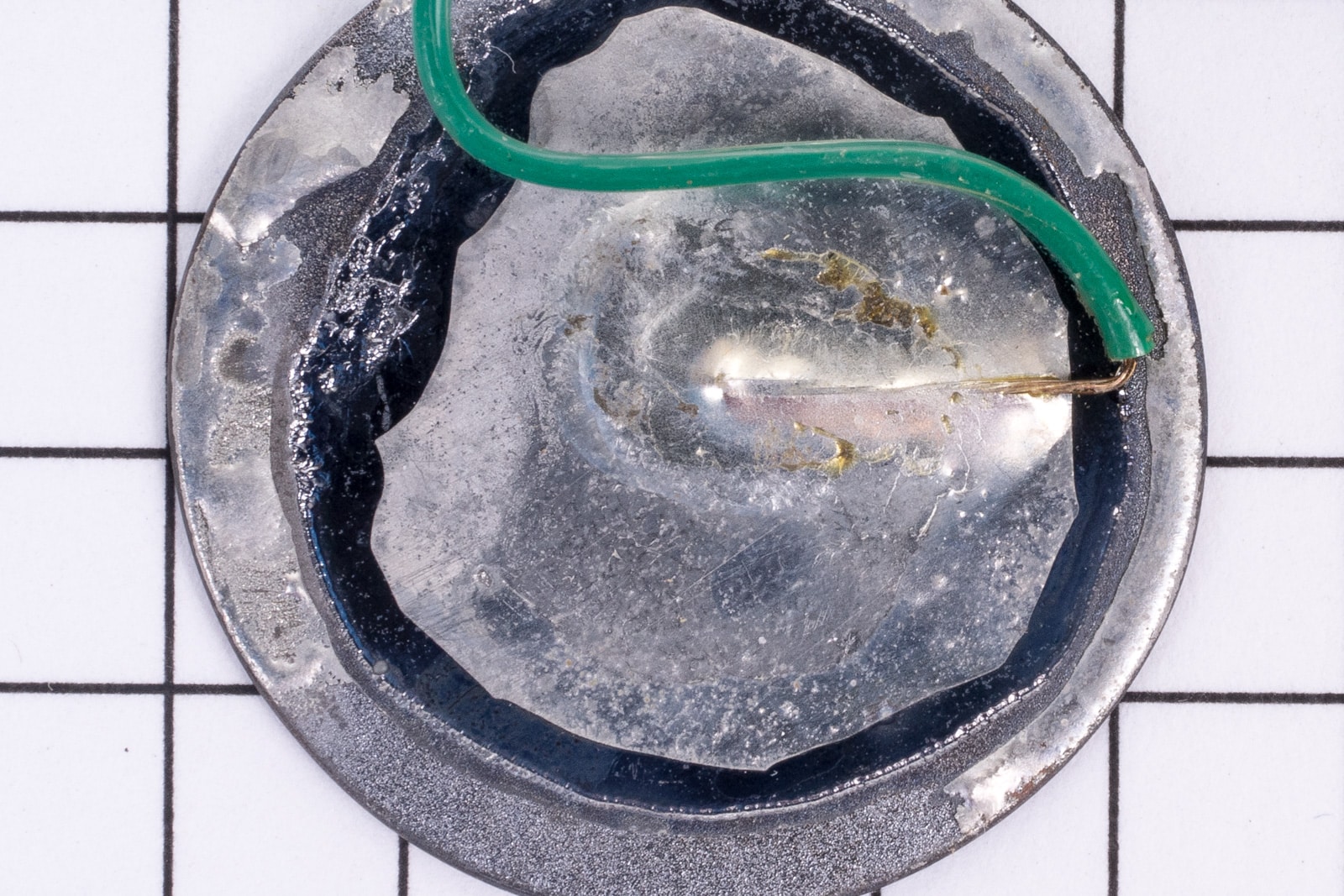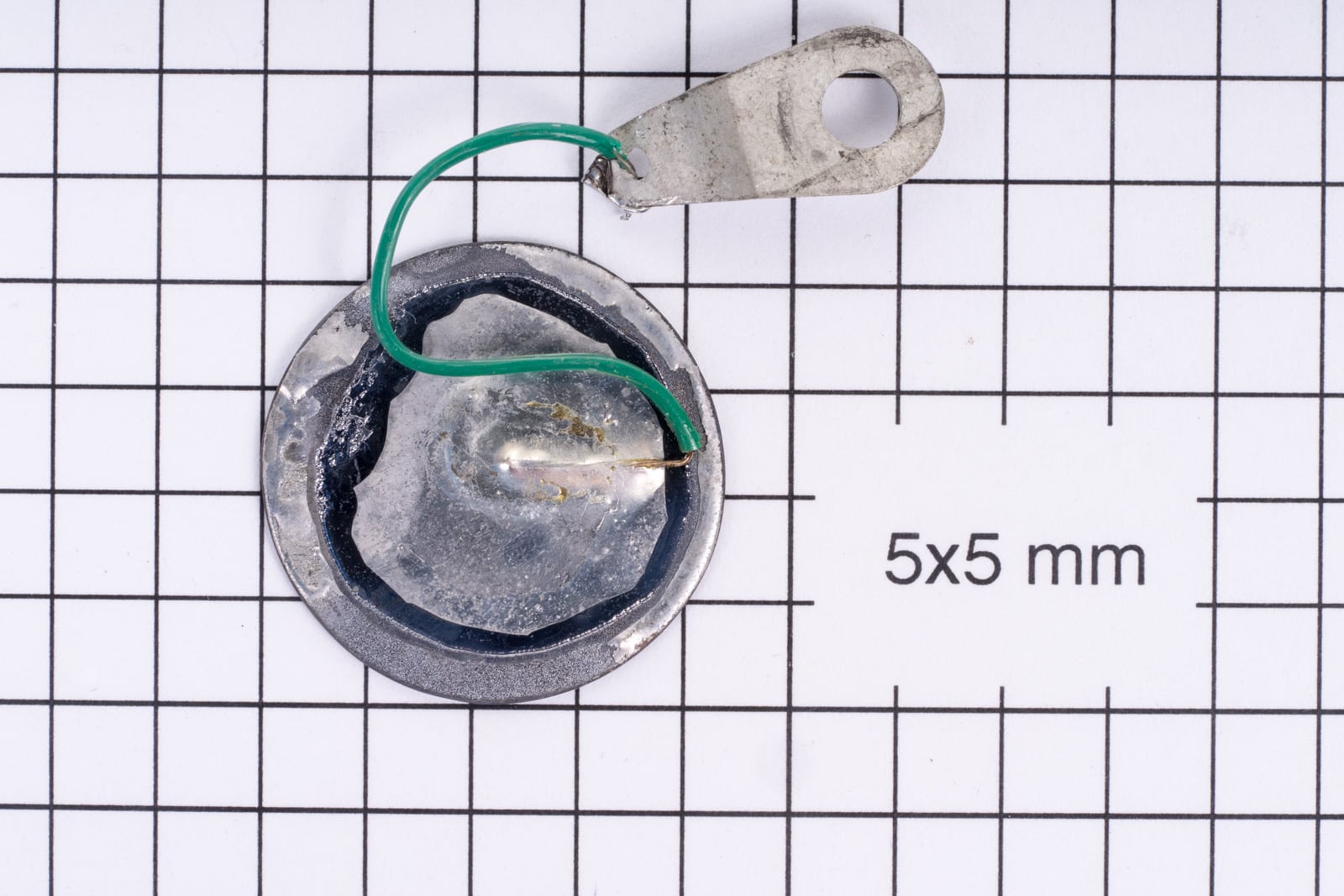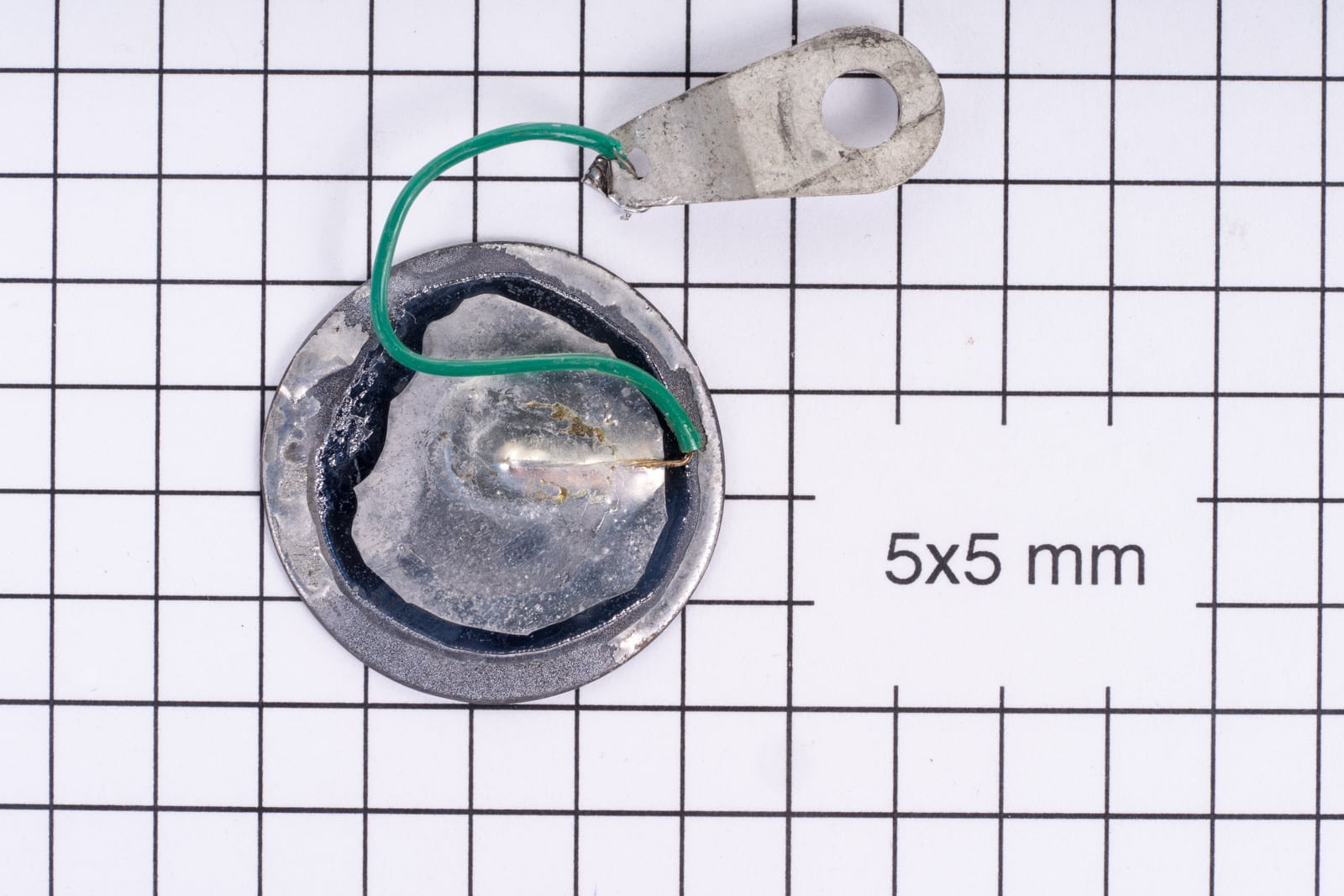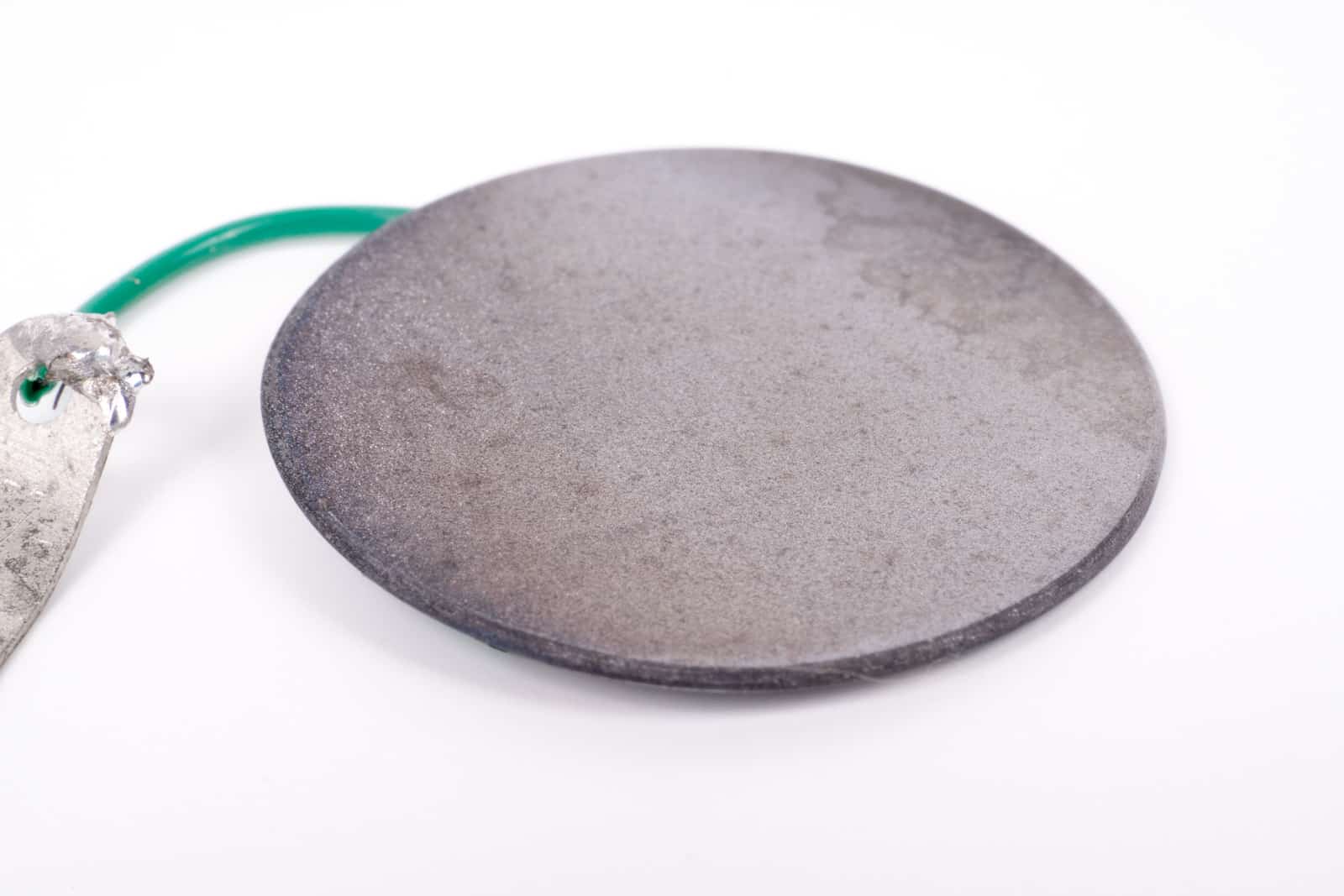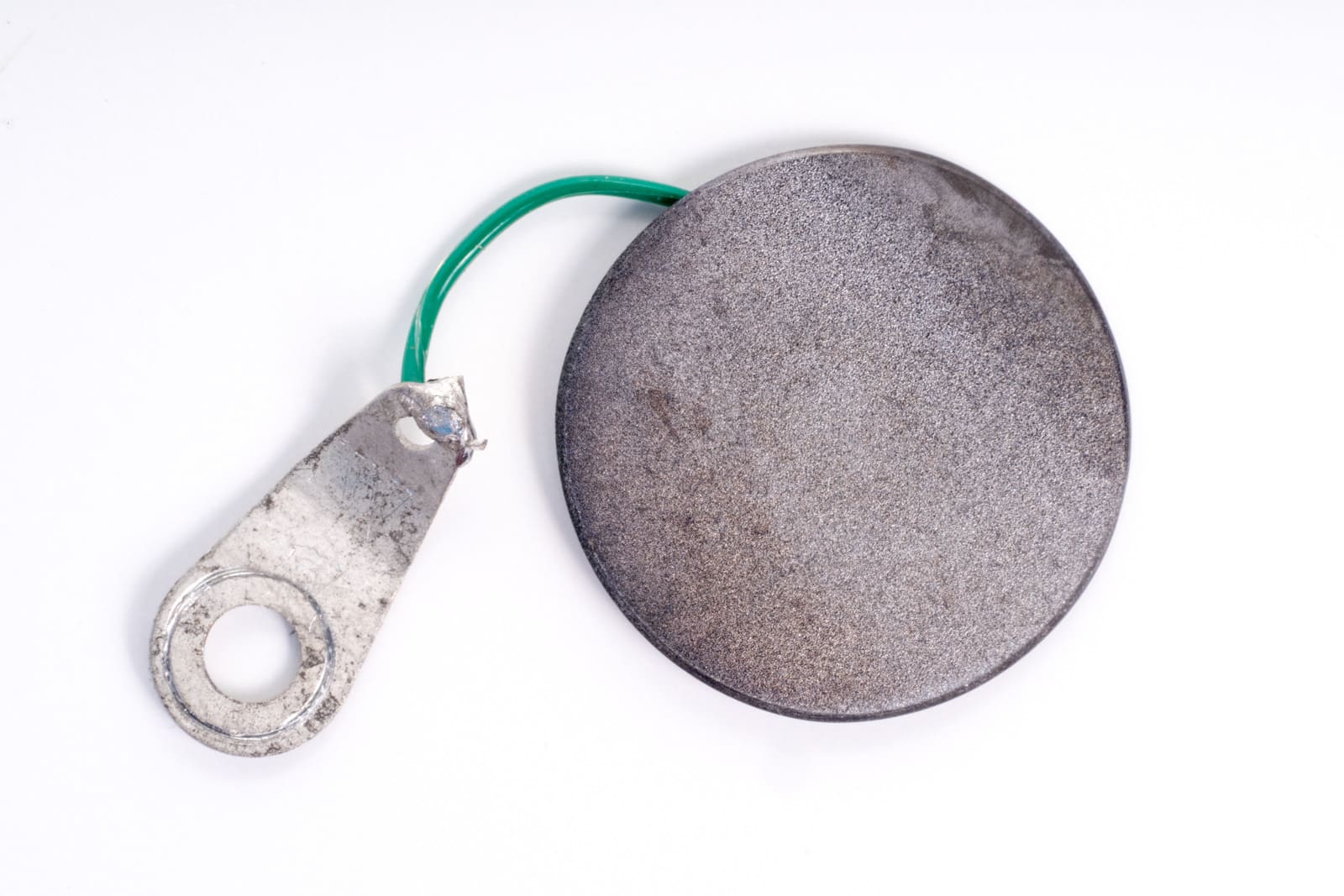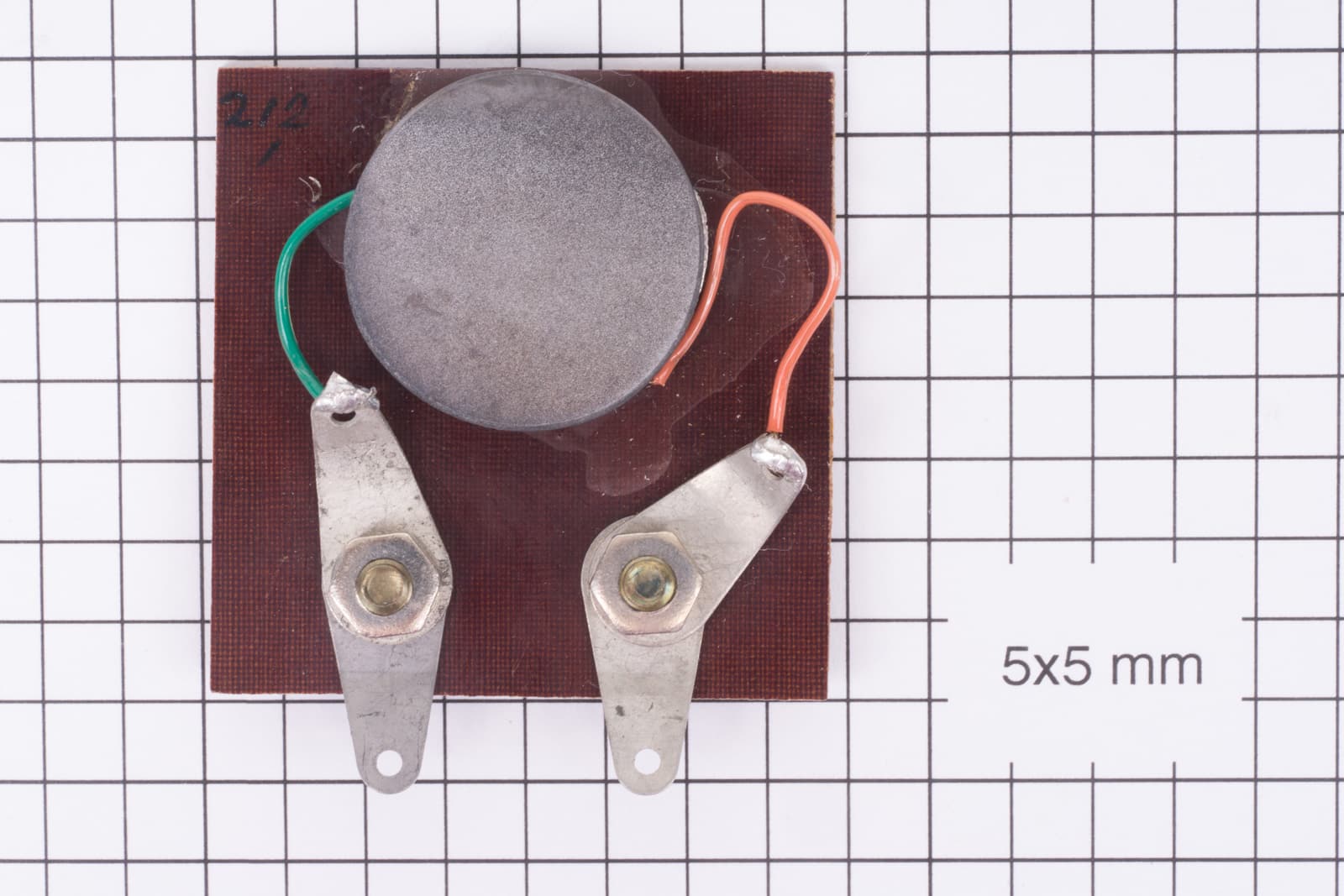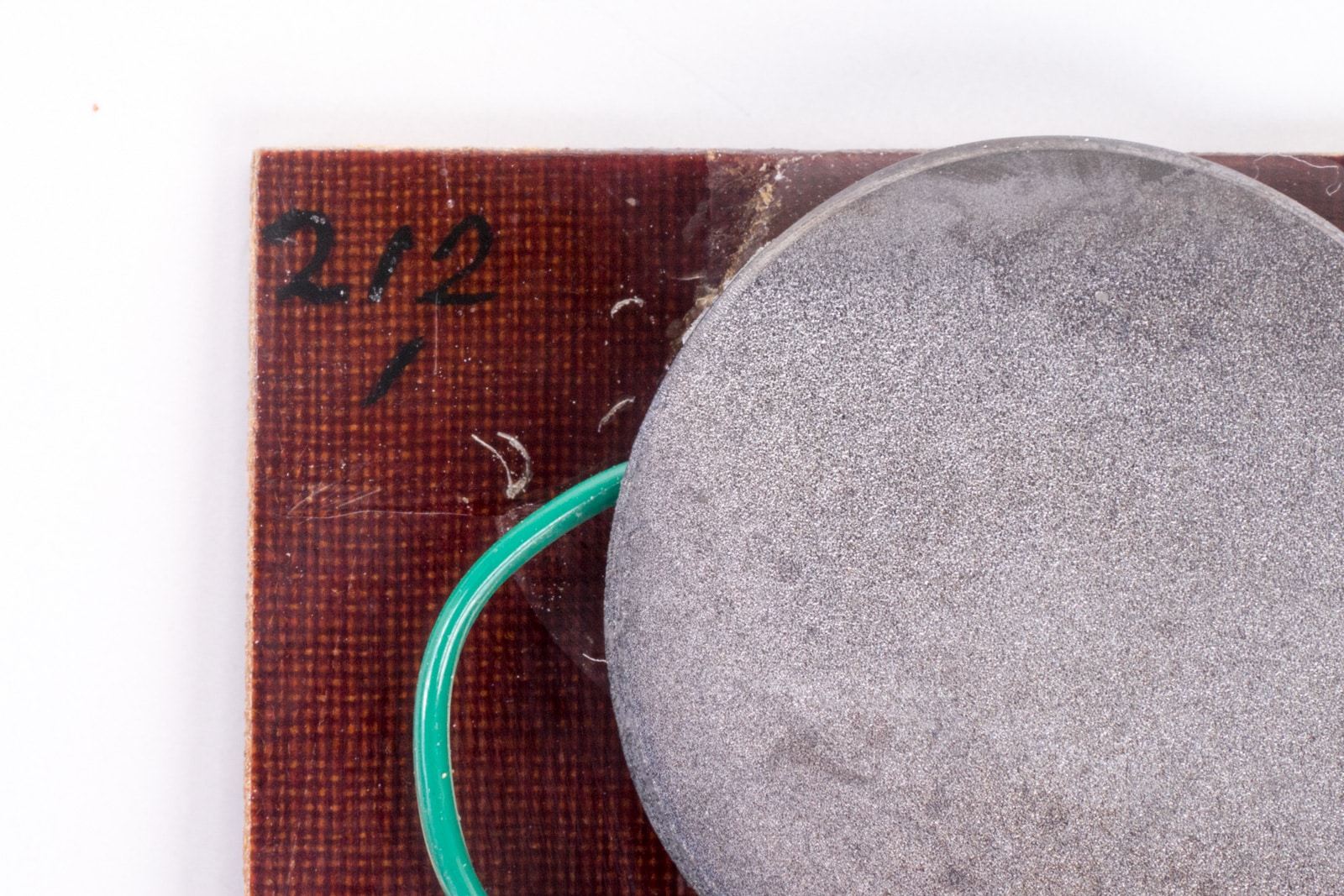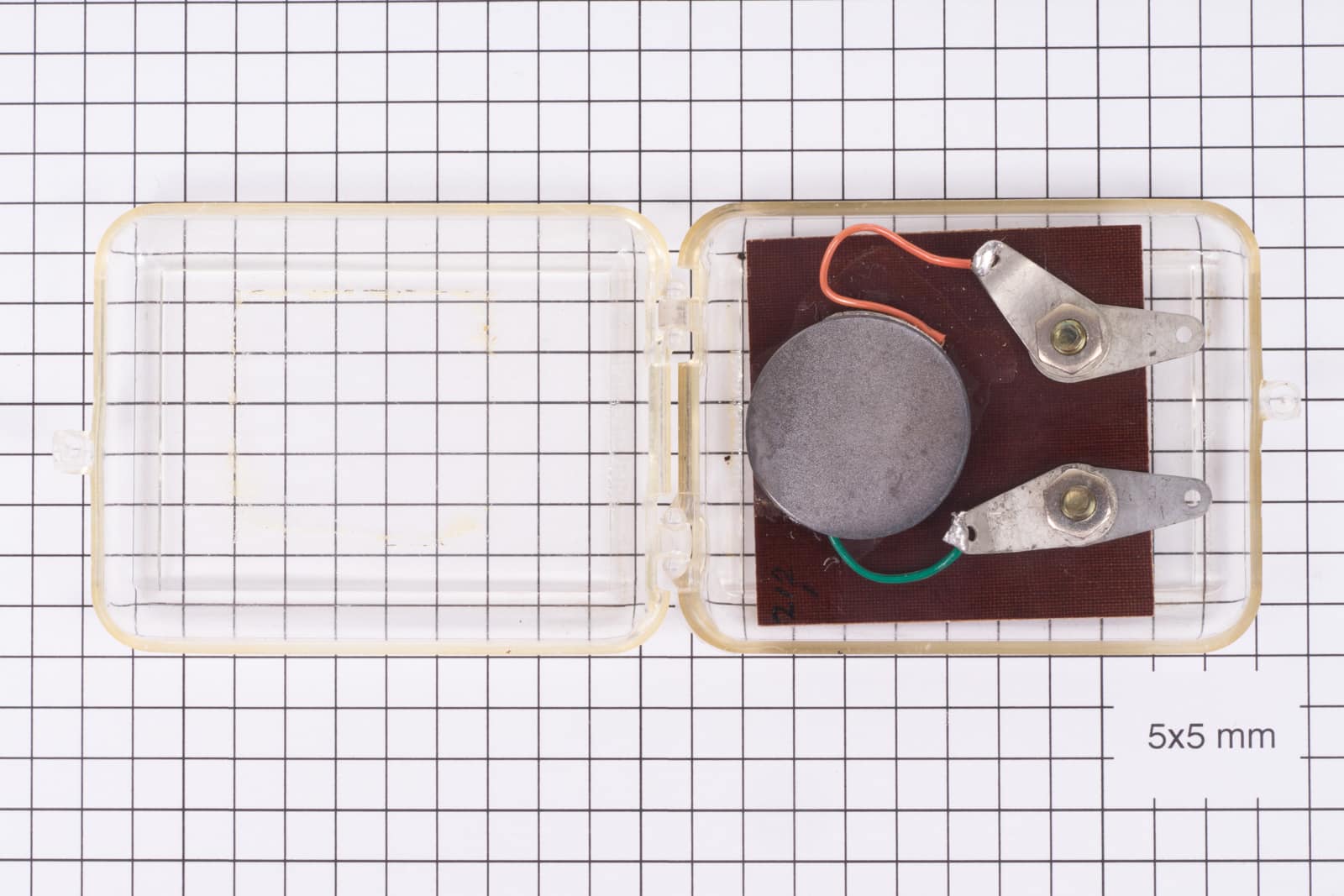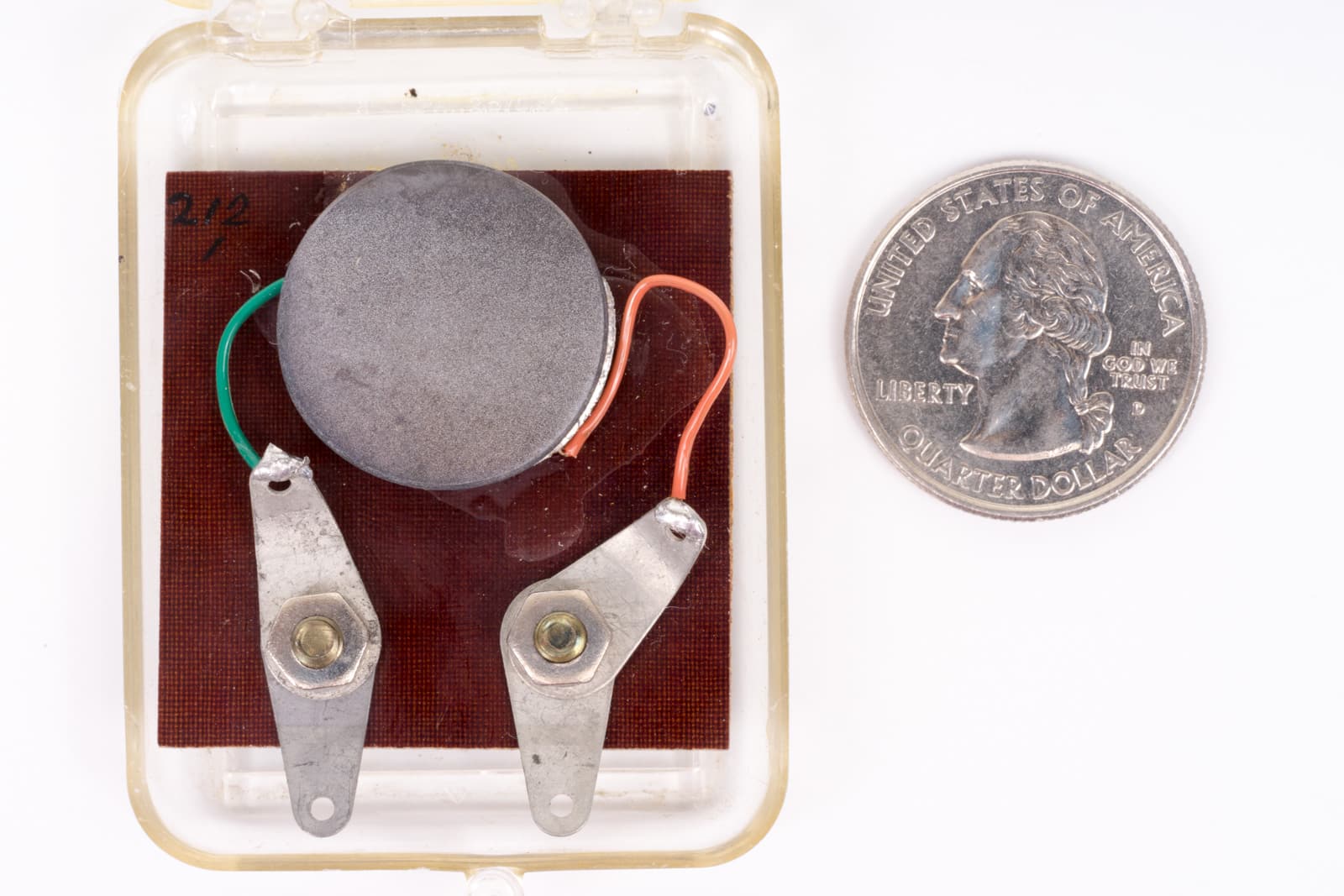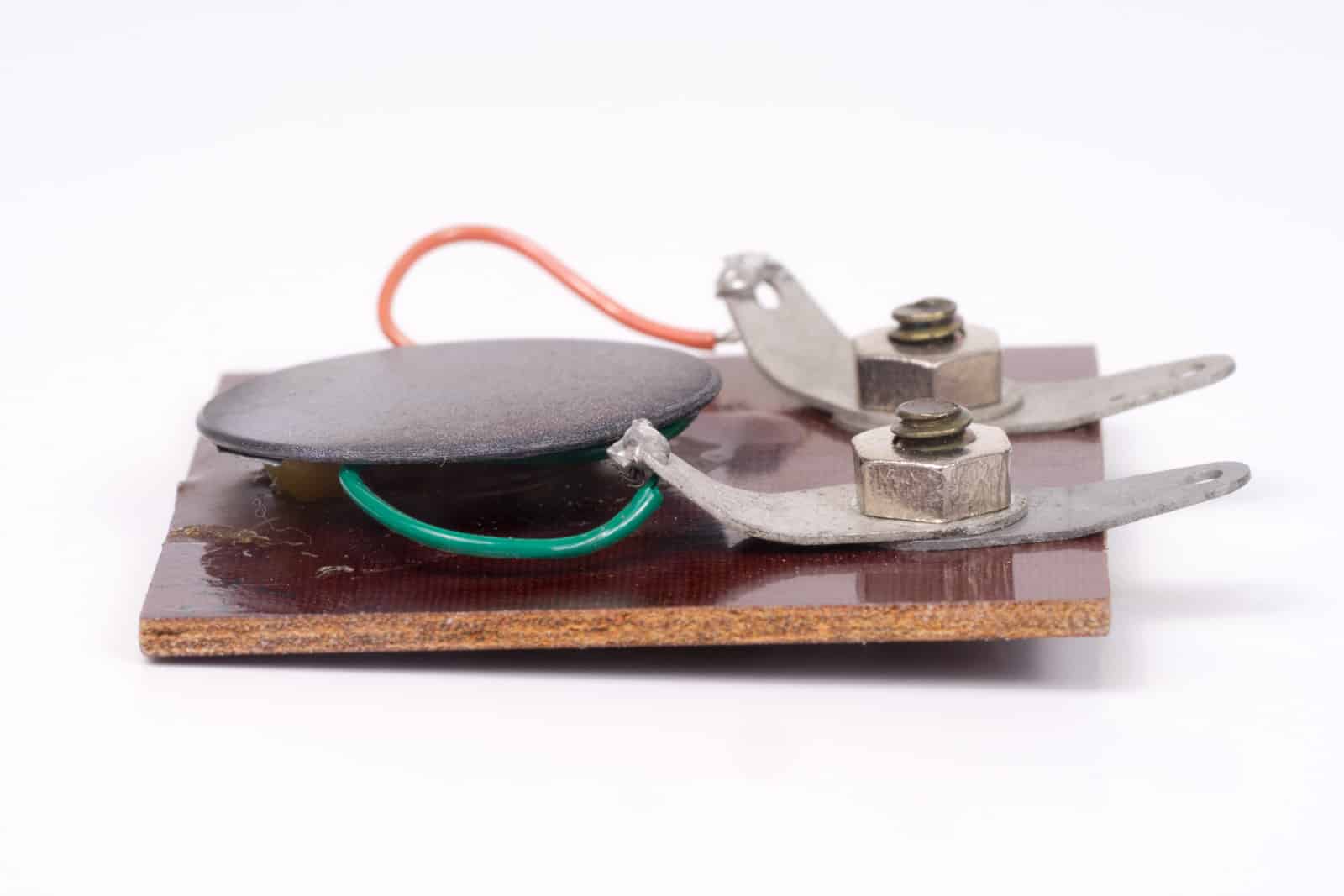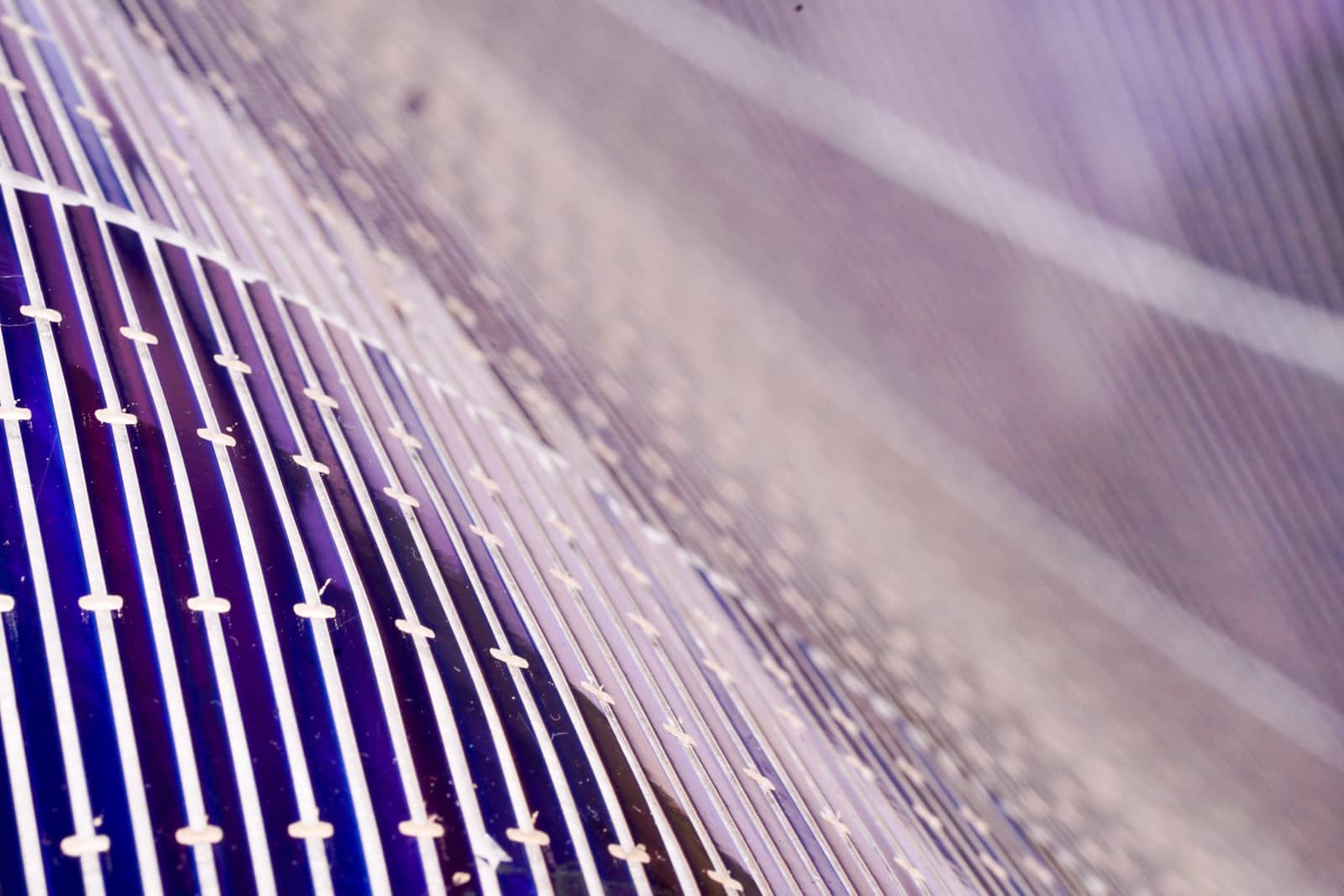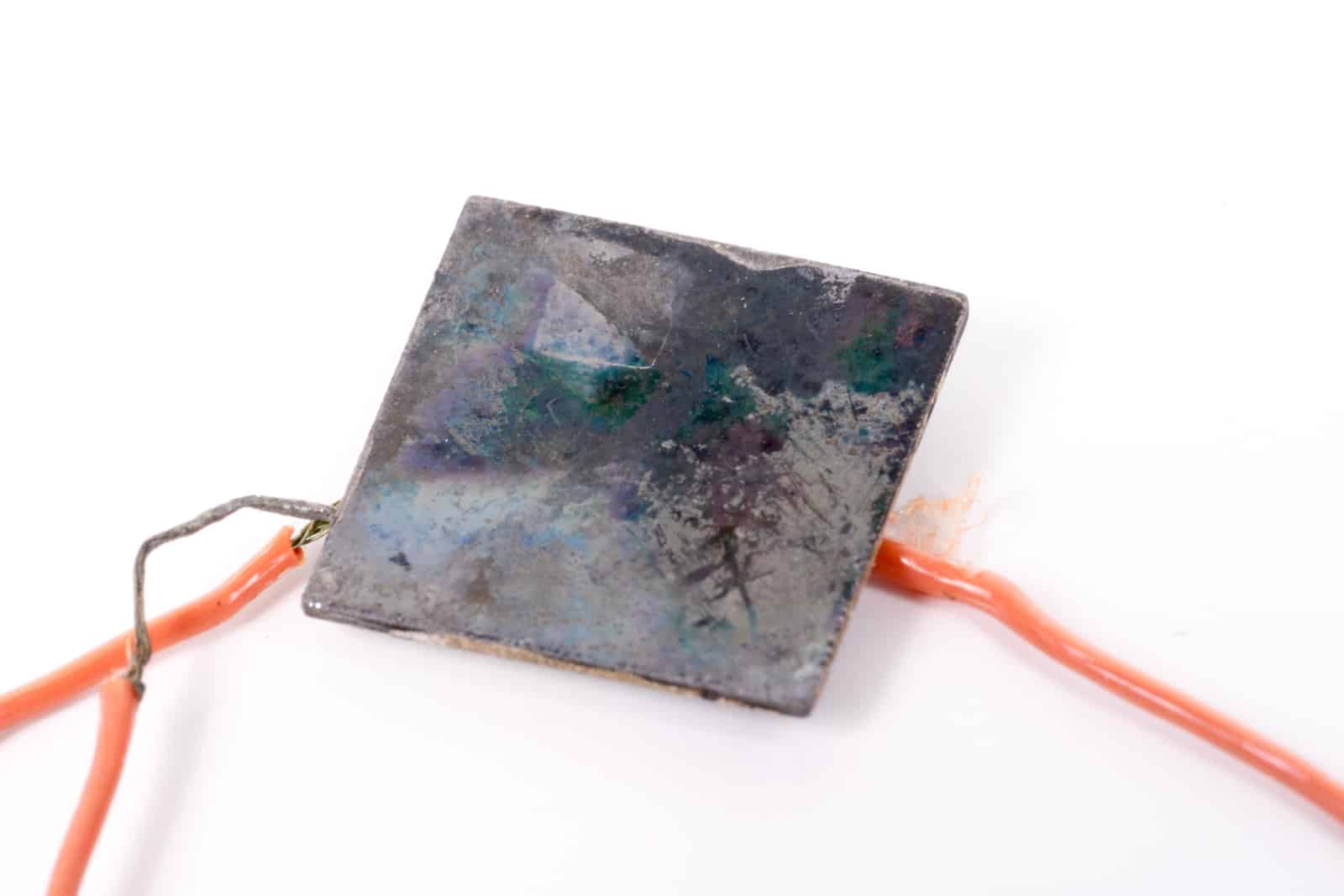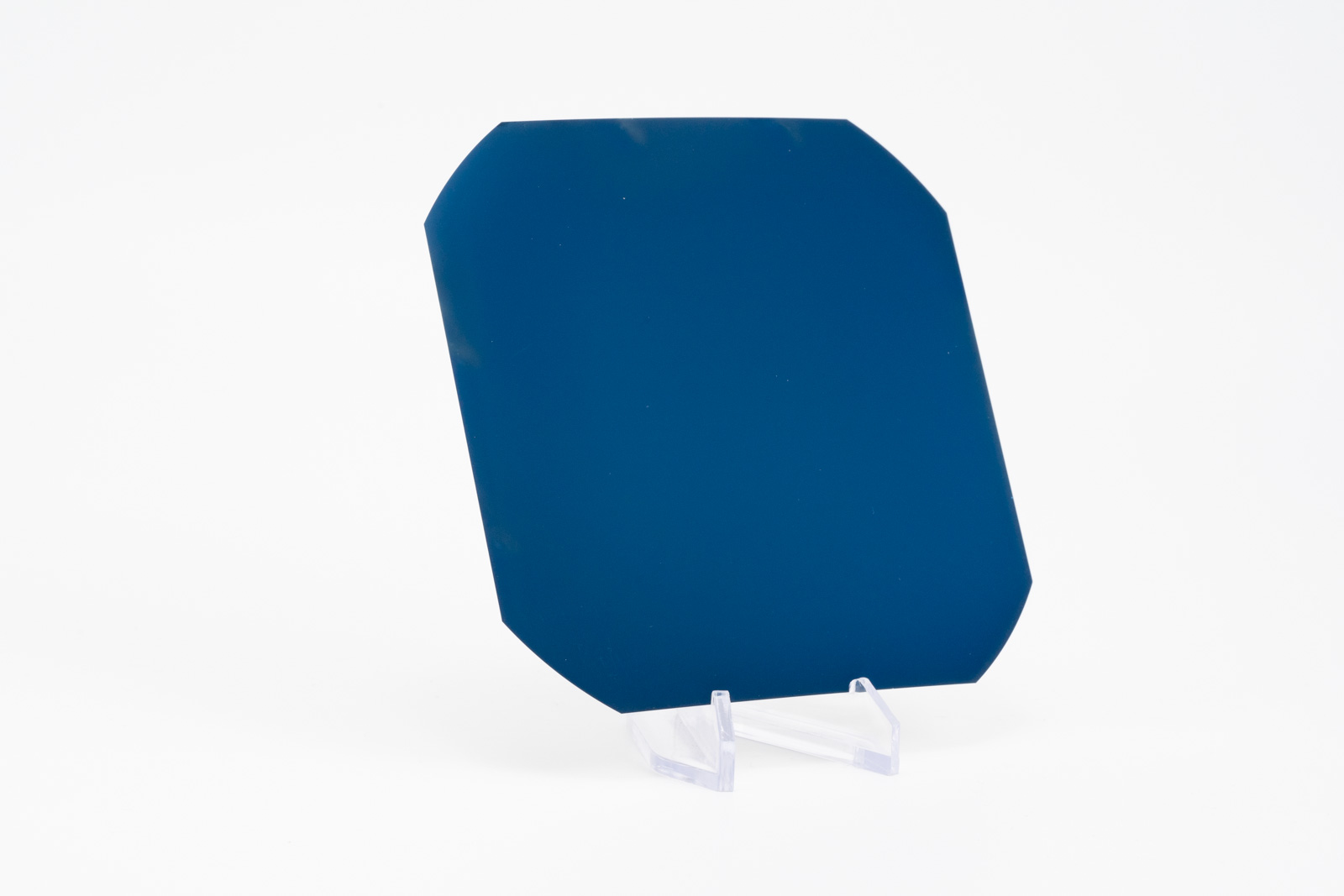The first demonstration of a practical solar cell was shown by Bell Laboratories on April 25, 1954. This invention is a great example of the interdisciplinary nature of the field of materials science and history of solar energy. Daryl Chapin was an engineer, Calvin Fuller was a chemist, and Gerald Pearson was a physicist. Chapin was trying to make a power source for telephone systems in humid, remote locations, while Fuller and Pearson had been studying semiconductors. They worked together to figure out how to mix silicon with other elements to increase conductivity to provide electricity more efficiently – this led to n-type and p-type materials. They eventually linked together several individual cells to make a solar battery. They were able to convert 6% of sunlight into usable electricity, making this the first example of a practical solar battery. In 2008, Chapin, Fuller, and Pearson were inducted into the National Inventors Hall of Fame at the United States Patent and Trademark Office in Alexandria, Virginia
The solar array can be viewed at Nokia Bell Labs in Murray Hill, NJ in their technology showcase.
Inventors: Daryl Chapin, Calvin Fuller, Gerald Pearson (Bell Laboratories, Murray Hill, NJ)


